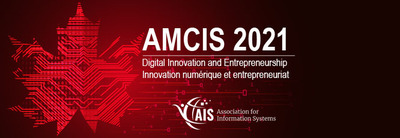Loading...
Paper Number
1120
Theme Table
5
Abstract
Dynamic digital twin is a feasible solution to build real-time connectivity between virtual and physical objects. Industries like manufacturing, aerospace and healthcare utilize dynamic digital twins for simulation, monitoring and control purposes, but recently this nascent technology has also attracted the interest of urban designers. Following the development of Computer-Aided-Design (CAD) the urban designers have utilized digital 3D modelling to construct static 3D city models of built environment, but also to bring content to digital city models. Static 3D city models have enhanced urban developers to visualize and analyse the city plans, and allowed urban developers to communicate the plans more easily with other city developers. However only recently, the evolution of digital technologies and emergence of sensor and Internet-of-Things (IoT) technologies have extended possibilities to integrate real-time data to static 3D models. Following the examples from reference industries (e.g. mechanical engineering and aerospace), the research addresses the concept of digital twin technology and investigates its applicability in so-called smart city settings. The concept of smart city is associated with novel digital technologies that are deployed to enhance city´s infrastructure, services and functions as well as governance and management. Theoretical background of the study thus draws on literatures of smart city and digital twin technology. The practical implementation of the research is built on interviews carried out with stakeholders representing digital twin platform providers, city architects, urban consultants and designers in Helsinki city. Drawing on preliminary study results and examples from Digital Twin -project in Helsinki city, the research illustrates that solid data infrastructure forms the foundation for the dynamic urban digital twins and development of the smart city applications and services. The urban designers utilize historic and real-time data to form connectivity between static 3D city models and real-world physical objects like buildings, traffic and urban districts. Data-enriched digital twins have proved to fasten smart city experimentations and strengthen learning and knowledge-based decision-making within the city stakeholders. Dynamic digital twins are also created to improve the design, governance and management of the urban development initiatives. Furthermore, digital twin platforms are environments that bridge smart city practitioners and other stakeholders in quadruple helix (public-private-people) on one digital platform.
Recommended Citation
Hamalainen, Mervi, "Connected Smart Cities – Urban Development with Dynamic Digital Twins" (2021). AMCIS 2021 TREOs. 39.
https://aisel.aisnet.org/treos_amcis2021/39
Rate Potential Impact
Rate Novelty/Interesting
When commenting on articles, please be friendly, welcoming, respectful and abide by the AIS eLibrary Discussion Thread Code of Conduct posted here.


